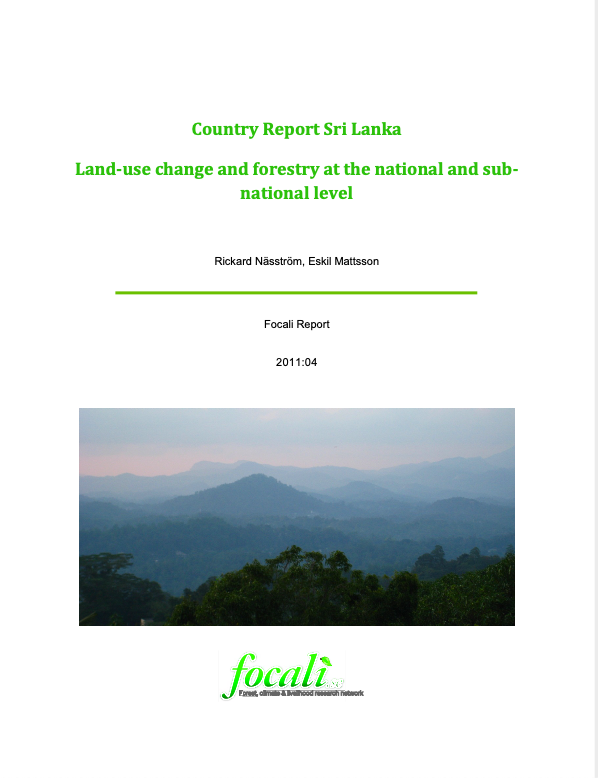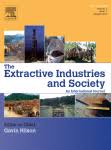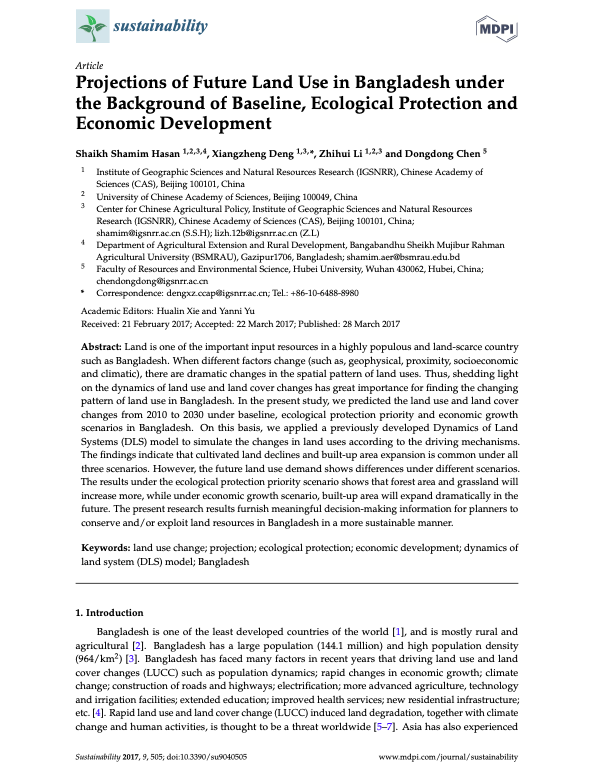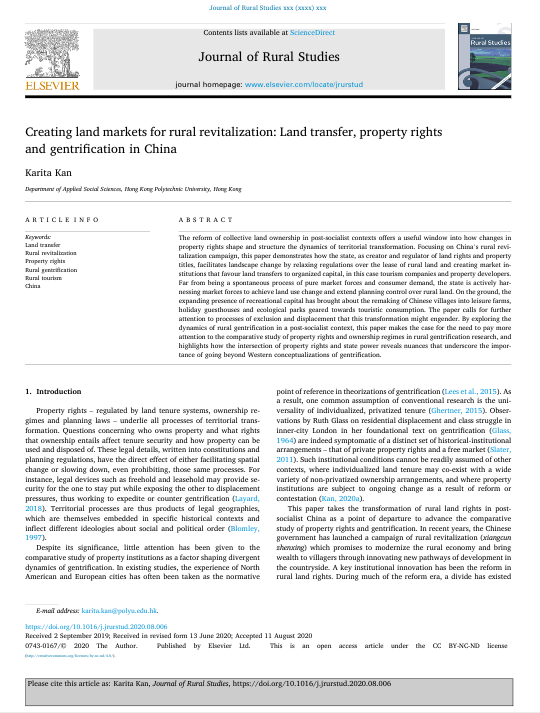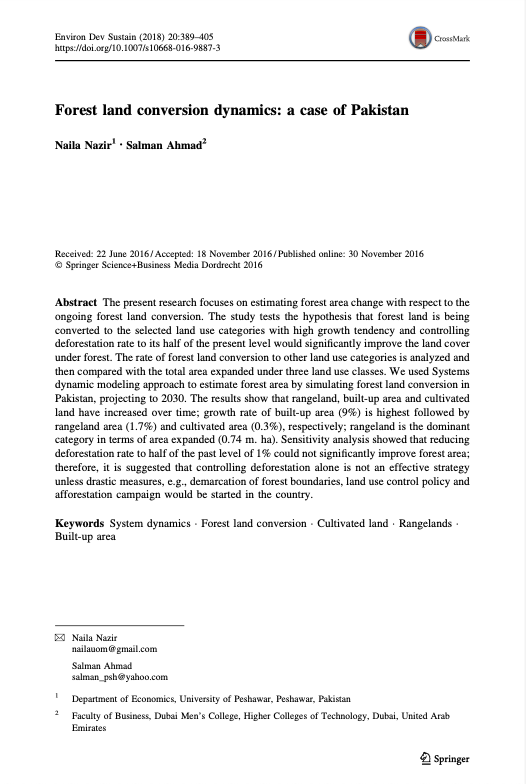A Review of Changes in Mountain Land Use and Ecosystem Services: From Theory to Practice
Global changes impact the human-environment relationship, and, in particular, they affect the provision of ecosystem services. Mountain ecosystems provide a wide range of such services, but they are highly sensitive and vulnerable to change due to various human pressures and natural processes. We conducted a literature survey that focused on two main issues. The first was the identification of quantitative methods aimed at assessing the impact of land use changes in mountain regions and the related ecosystem services.


